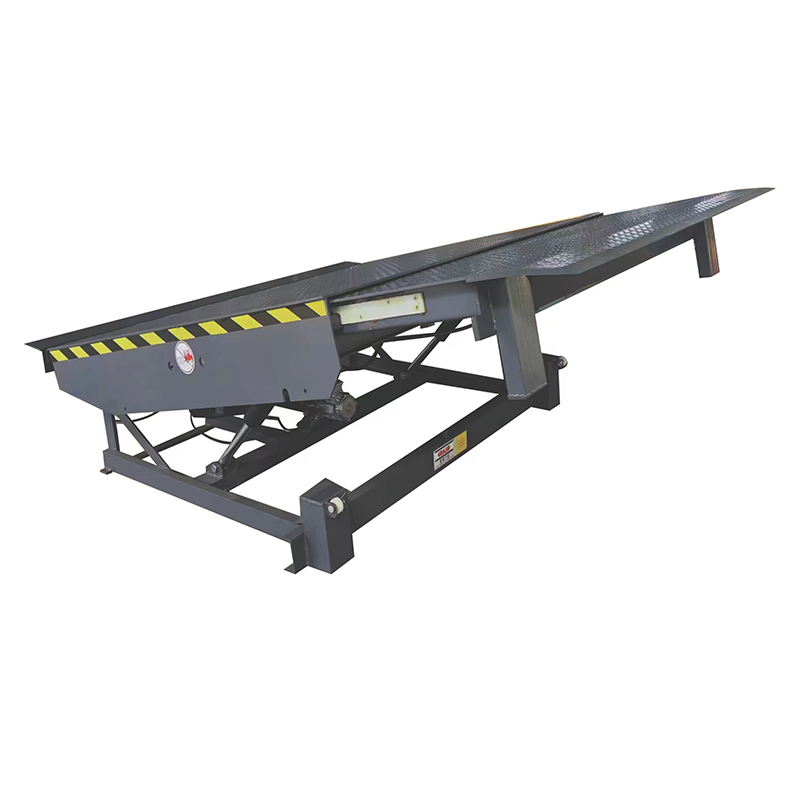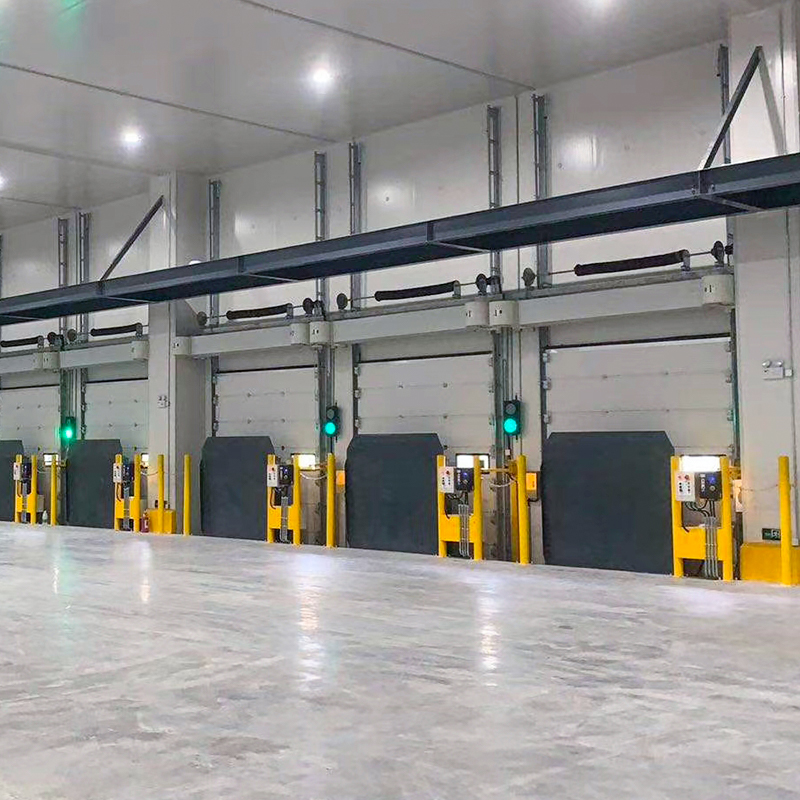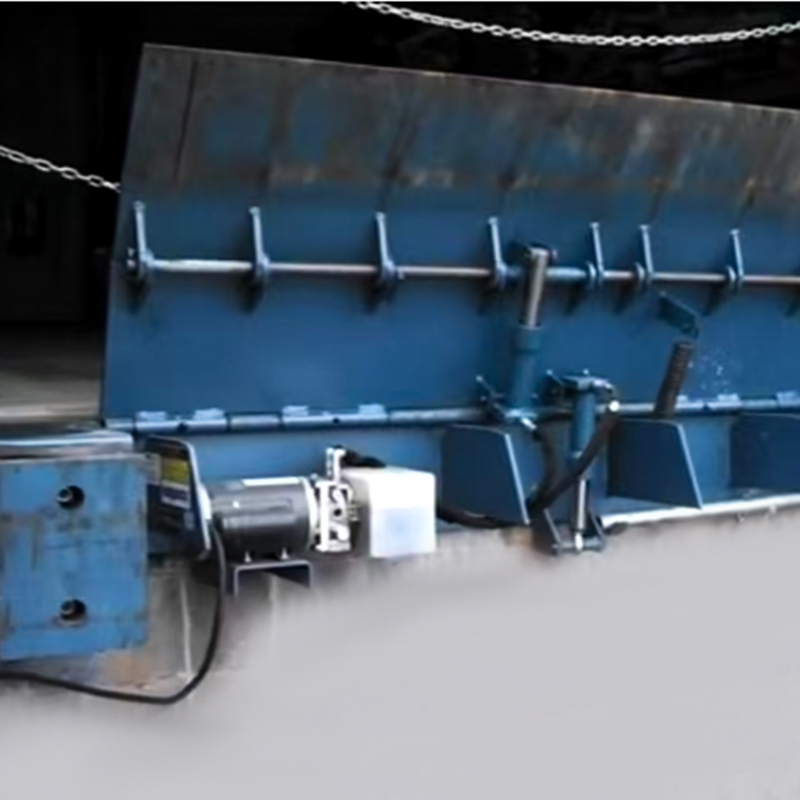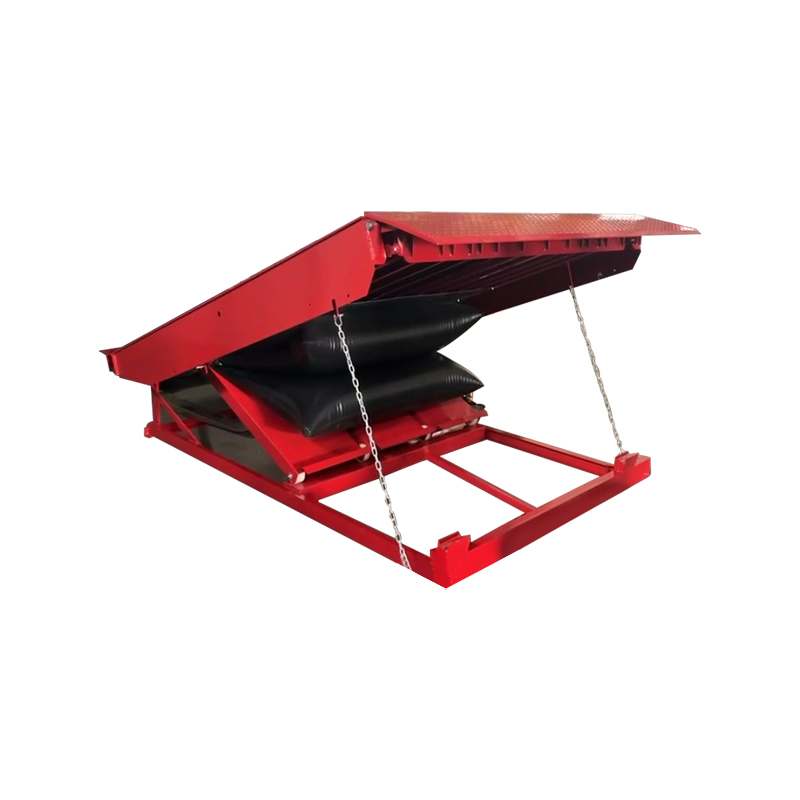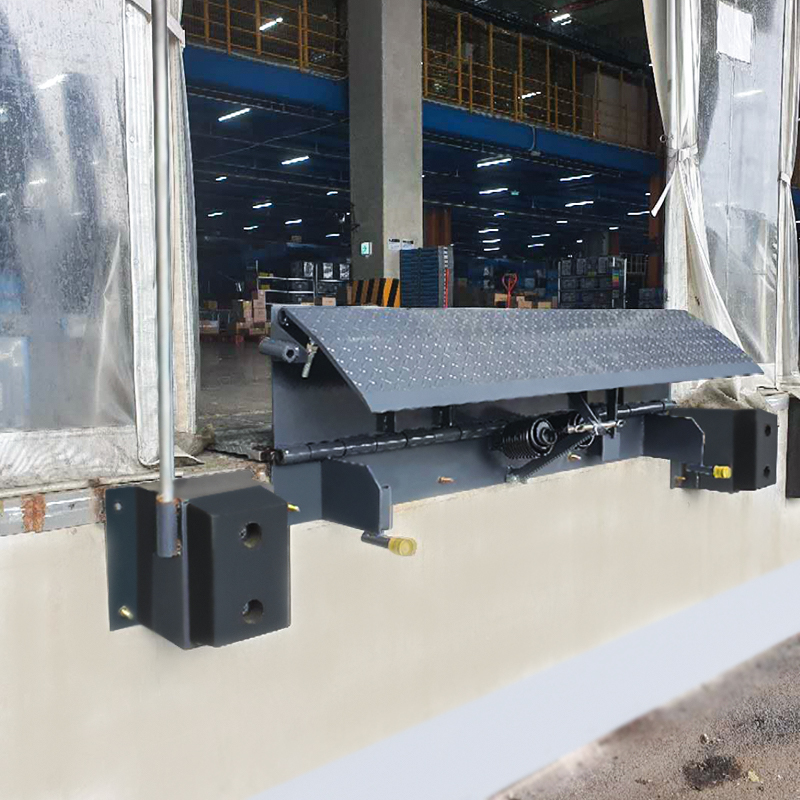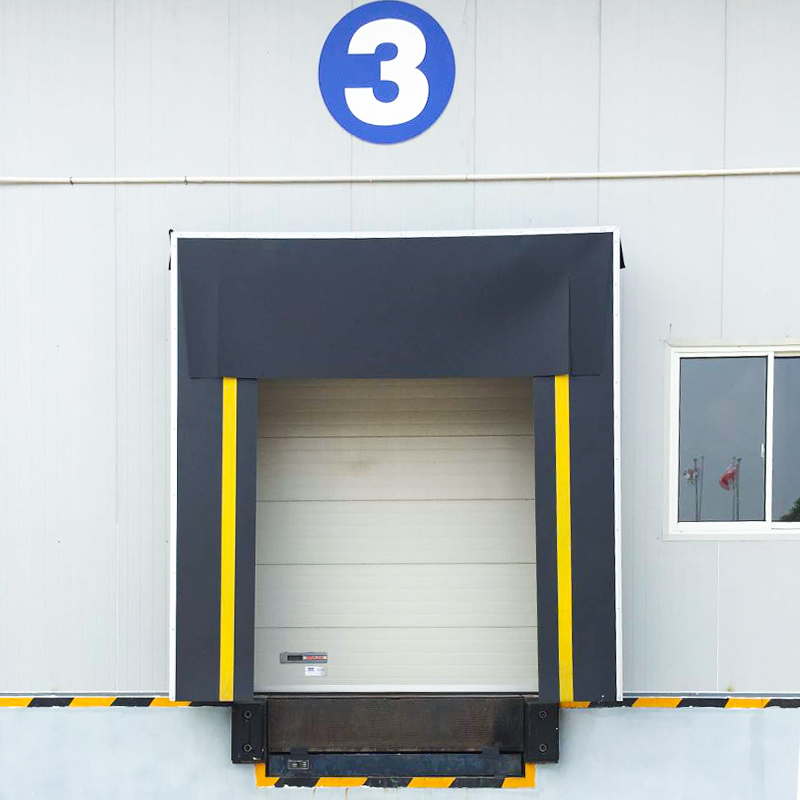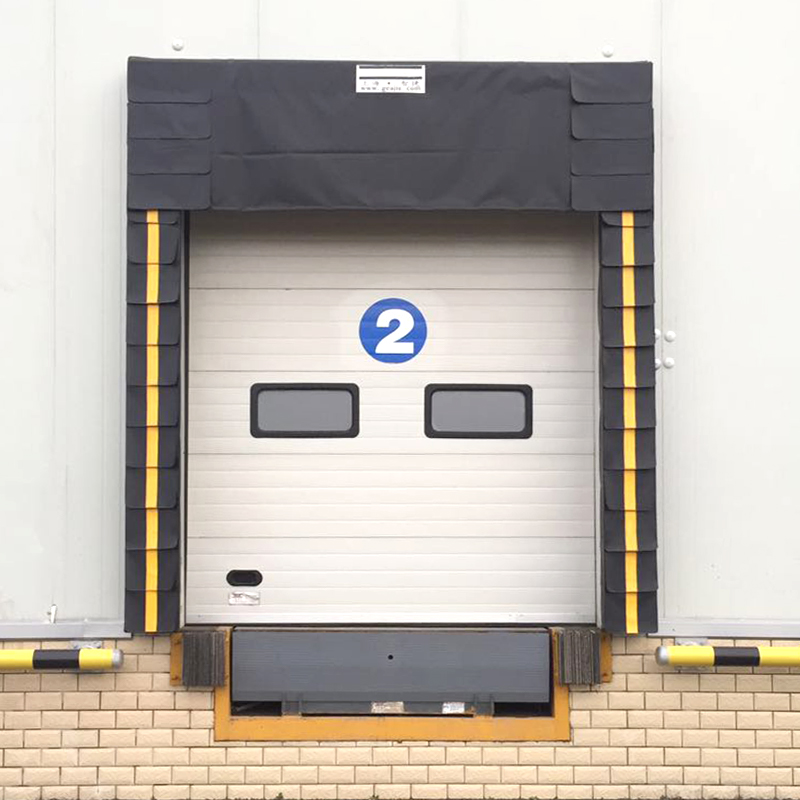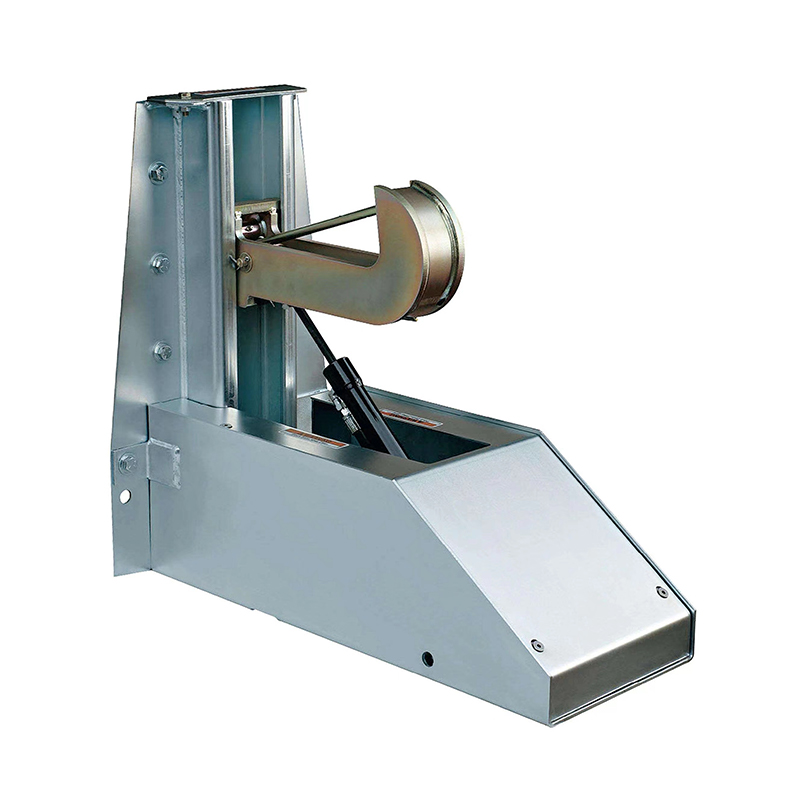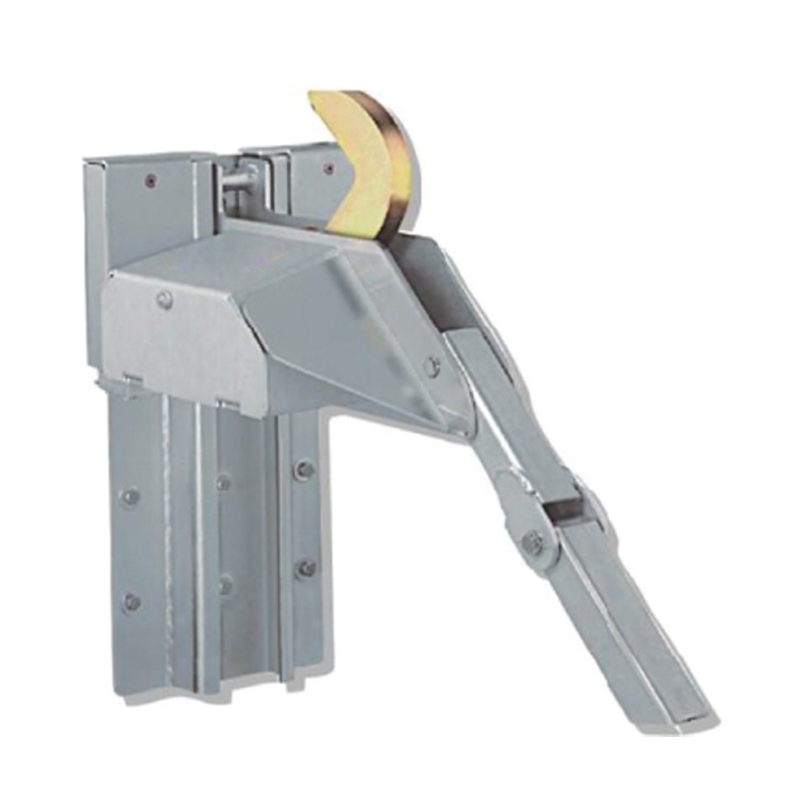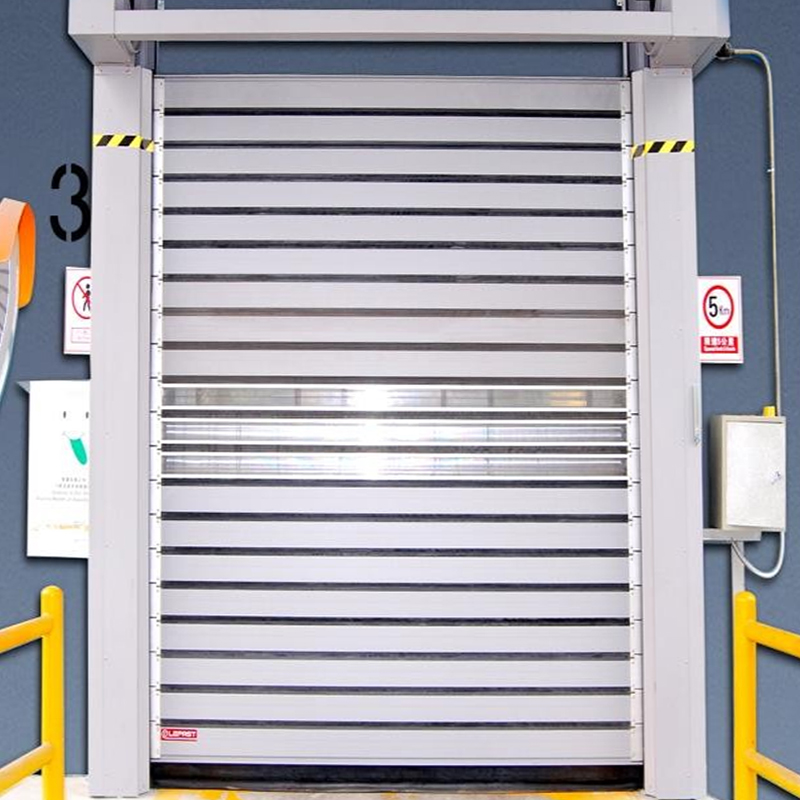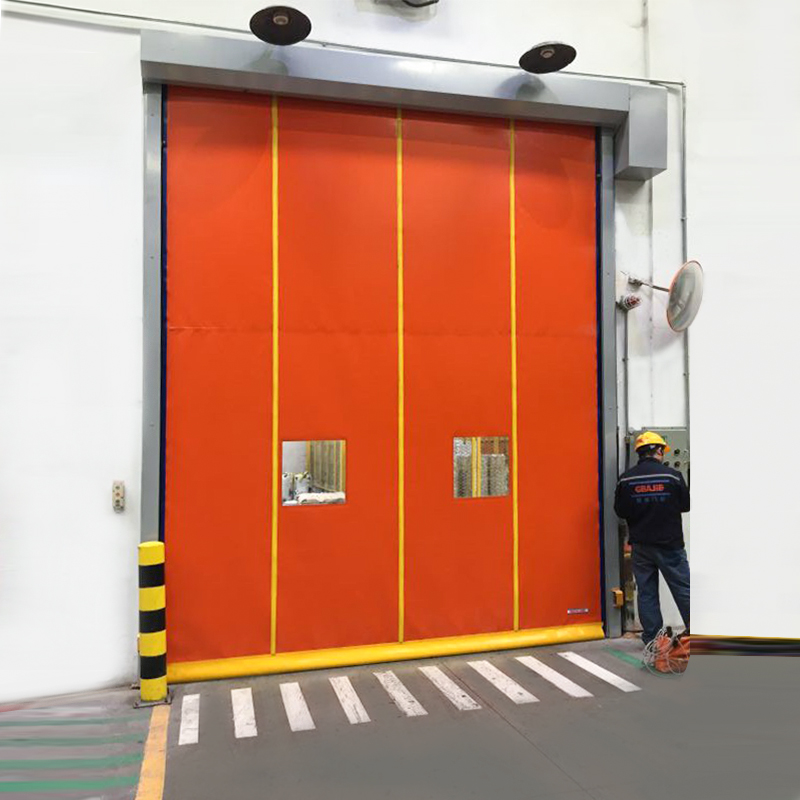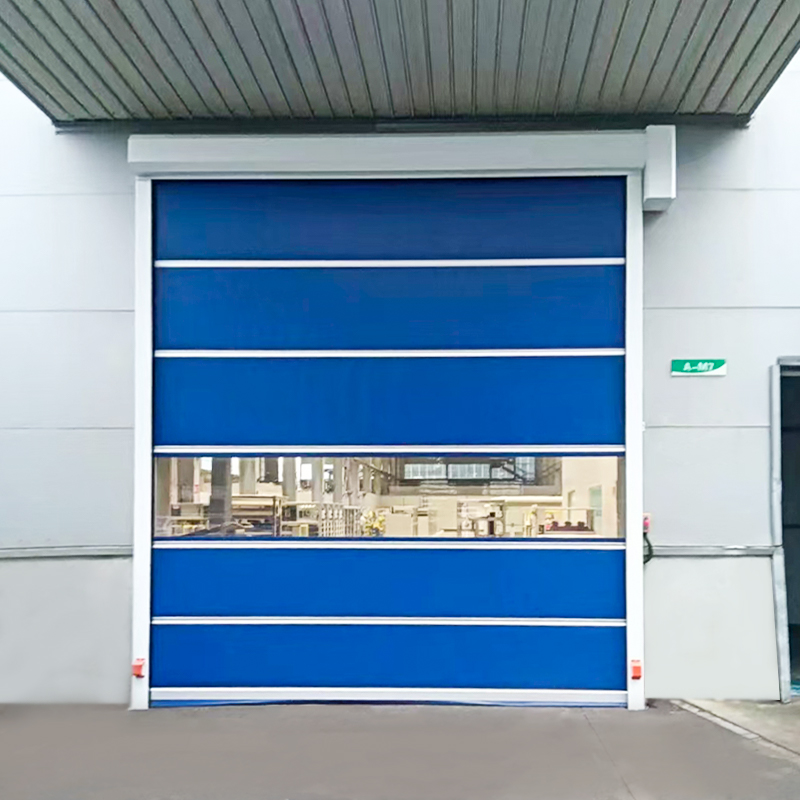Adjustable Platform and Articulating Lip Design EOD Industrial Dock Levelers are engineered with a r...
Reduced Loading and Unloading Time: Automated loading dock systems, such as conveyor belts and automated guided vehicles (AGVs), can handle goods with much greater speed than manual labor. These systems are designed to operate continuously and can quickly transport items to and from trucks. This rapid movement significantly shortens the time needed for loading and unloading, allowing more shipments to be processed within the same timeframe. As a result, businesses can achieve higher throughput and improved service levels, which is critical in today’s fast-paced logistics environment.
Increased Accuracy: Manual operations are prone to human error, such as misloading or miscounting items. Automated systems use advanced technologies like barcode scanning and RFID tracking to ensure accurate identification and handling of products. This precision reduces the likelihood of shipping errors and inventory discrepancies, leading to enhanced customer satisfaction. Accurate operations also minimize product returns and re-shipments, which can be costly and time-consuming.
Enhanced Safety: Automated loading dock systems decrease the need for employees to manually lift and move heavy items, thereby lowering the risk of workplace injuries associated with lifting and repetitive strain. By automating tasks that pose safety risks, businesses create a safer work environment, which is crucial for compliance with health and safety regulations. A focus on safety can lead to reduced workers’ compensation costs and lower employee turnover, as workers feel more secure in their roles.
Optimized Space Utilization: Automated systems can be engineered to maximize the use of available space within loading dock areas. For instance, vertical lift systems can transport goods between different levels, while automated storage and retrieval systems can efficiently manage inventory in confined spaces. This optimization allows businesses to make better use of their facilities, leading to improved workflow and potentially reducing the need for additional storage space, which can be a significant cost saving.
24/7 Operation: Automated loading dock systems can operate around the clock without the need for breaks, which is not feasible with manual labor. This capability enables businesses to run their operations during off-peak hours or overnight, significantly increasing productivity. The ability to keep the loading docks active at all times enhances the overall throughput of the logistics operation, allowing for more efficient scheduling of shipments and deliveries.
Better Resource Management: By automating routine tasks, companies can reallocate their workforce to focus on higher-value activities that require human judgment and expertise. This strategic deployment of human resources not only improves employee satisfaction by reducing monotonous tasks but also enhances overall operational efficiency. Workers can engage in tasks such as quality control, troubleshooting, and customer service, which contribute directly to the company’s bottom line.
Real-time Data Monitoring: Automated loading dock systems can be integrated with warehouse management systems (WMS) and enterprise resource planning (ERP) systems to provide real-time data on inventory levels, order status, and dock operations. This data allows managers to make informed decisions about resource allocation, inventory management, and operational improvements. Real-time insights enable proactive adjustments to workflows and processes, contributing to increased efficiency and responsiveness to market demands.
Predictive Maintenance: Many automated systems come equipped with sensors and monitoring technologies that provide insights into equipment performance. This capability allows for predictive maintenance, where potential issues can be identified before they lead to system failures. By scheduling maintenance based on actual usage and condition rather than on a fixed timetable, companies can reduce downtime and maintenance costs, ensuring that loading dock operations remain smooth and efficient.
DL-1000 Industrial Hydraulic Dock Levelers


 English
English Español
Español Tiếng Việt
Tiếng Việt

